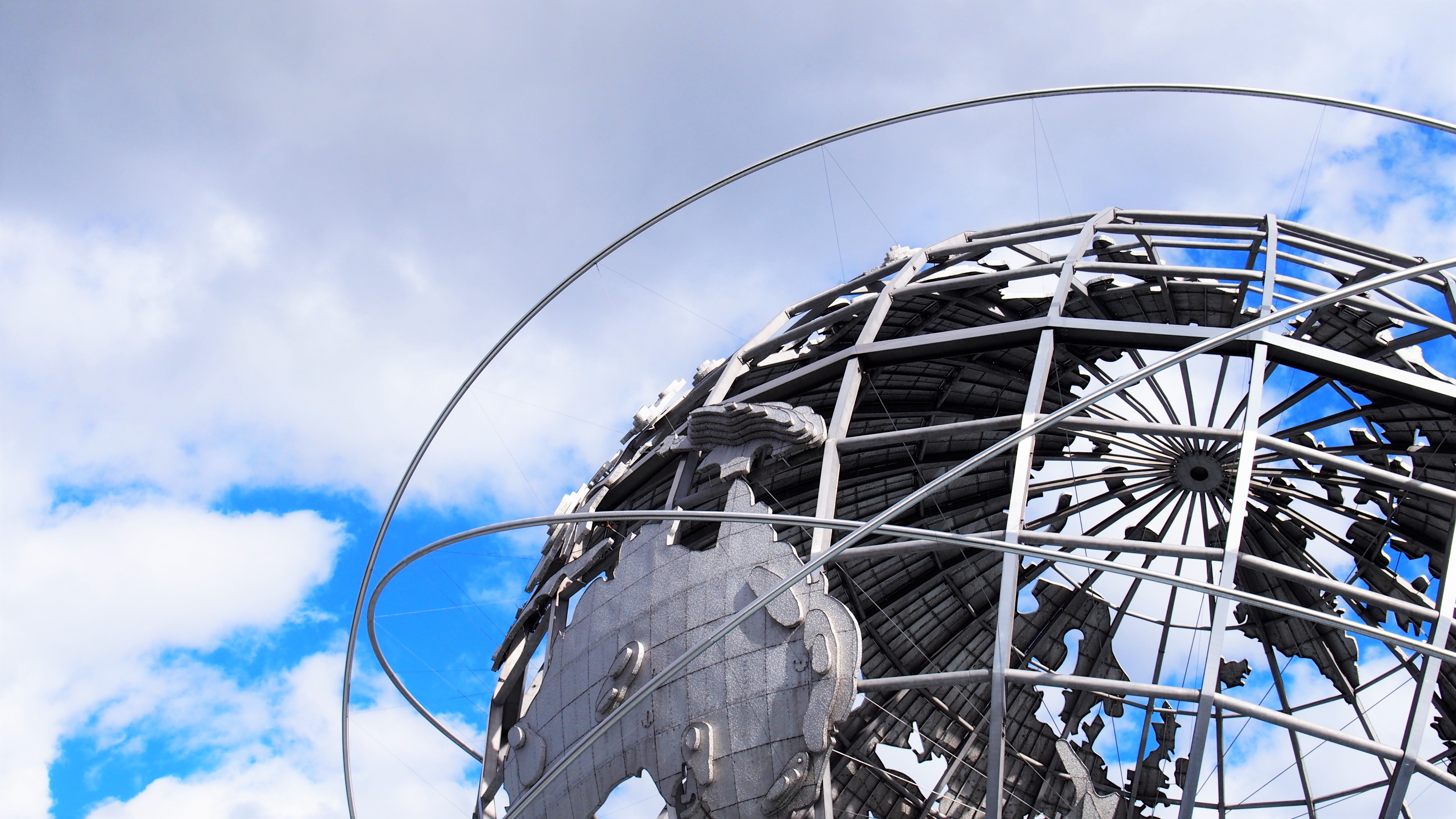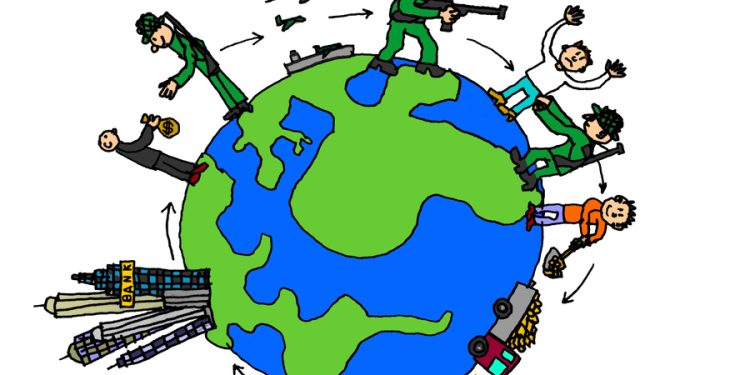Riding the stampede of technology and economy, the invisible giant of globalization strides across our planet, leaving a myriad of transformations in its wake. The globe seems both larger and smaller simultaneously – a treasure chest of unique cultures, but yet spaces closing in at the speed of Wi-Fi signals. As we stand at this confluence of the global and local, a powerful question resonates in the ether – how does this all-pervading phenomenon of globalization shape, mold or perhaps, even dissolve our cultural identities? Buckle up for a balanced exploration of this complex terrain, using scholarly spectacles and a touch of nuanced understanding, as we delve into the riveting saga of globalization’s tango with cultural identity. The world is becoming increasingly interconnected due to the phenomenon famously known as globalization. This becomes apparent when we look at the fusion of economies, technologies and cultures, creating what is often referred to as a ‘global village’. But this leads us to a pertinent question: In this age of massive convergence, how do we maintain our distinct cultural identities?
Consider, for instance, the invigorating smorgasbord of world culture that we routinely experience in our daily lives. Be it the ubiquity of a yoga studio in the heart of New York city, the presence of an authentic Mexican Taqueria in the bustling streets of New Delhi, or the widespread popularity of African music in European nightclubs. This diversity paints a rich global picture, but it may also blur the lines of cultural identity. Are we amalgamating into a homogenized global culture or do we still hold onto the traditional elements that symbolize our unique identities?
In this realm, the role of ‘cultural engineering’ becomes crucial. It’s a fine balance of embracing the global influence while preserving the intrinsic cultural ethos. This balance can often be seen in:
- Fashion: Designers fuse modern trends with traditional patterns and motifs prevalent in their native culture.
- Music: Musicians experiment with combining global music genres with local instruments and singing styles.
- Cuisine: Chefs incorporate local culinary traditions with international flavors to create unique fusion dishes.
The challenge here is not mere amalgamation, but the creation of a delicate symphony that resonates both the global and the local. It’s about creating a common ground while celebrating differences.
To navigate through this global-local paradox, here are few recommendations for upholding cultural identity amidst the global blend:
- Respect and recognition of each culture’s unique characteristics
- Encouraging inclusive yet diversified educational systems
- Maintaining indigenous languages and dialects
- Valuing traditional practices and sustainable lifestyles
- Promoting local goods and services
Individuals, communities and institutions should strive for these measures to ensure that while we surge ahead in the era of globalization, we don’t lose sight of our cultural roots and diverse heritage. As we glide back into our respective corners of this transcultural mosaic we call home, it’s essential to embrace that globalization and cultural identity are not paint and canvas, but two ceaseless rivers converging, merging, and reshaping each other’s currents. This dance isn’t always harmonious, but its tension and discordance create new rhythms, melodies, combining into an ever-evolving global symphony. As we tread this shared global odyssey, we must ensure that we cradle our cultural identities, not as relics of a fading past, but as vibrant threads weaving an increasingly interlinked tapestry of humankind. Globalization may well be the almighty breeze that shapes our sails, yet it is our cultural identity that remains the steadfast anchor, quietly prompting a sense of belonging, roots, heritage even in an increasingly borderless world. So let us set our compasses toward deeper understanding, mutual respect, and shared growth, acknowledging that it’s in this diversity and interconnectedness, we find our shared humanity. Because at the end of the day, the world’s cultures aren’t currencies in the economy of globalization, but stars in the universe of human ethos — each unique, each precious, each contributing to the magnificence of our shared celestial ballet.



















